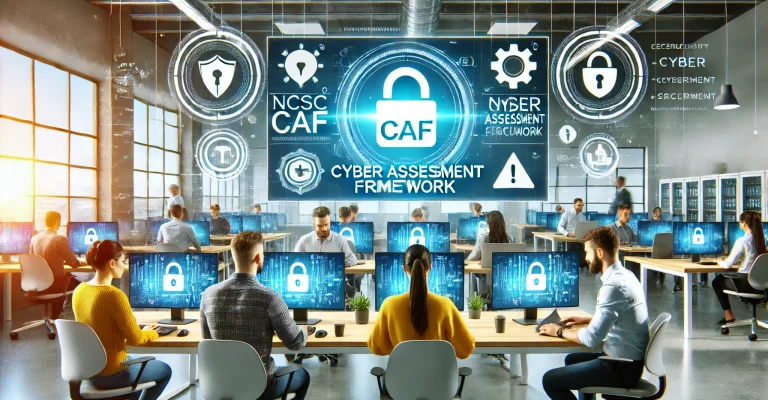Supply Chain Attacks Introduction
In our highly interconnected global economy, the dependency on a myriad of suppliers and service providers creates a complex web known as the supply chain. While this network is crucial for operational efficiency and cost management, it also introduces a plethora of vulnerabilities, predominantly through what are known as supply chain attacks. These types of cyber attacks are not just threats; they represent one of the most insidious ways through which organisations can be compromised.
Understanding Supply Chain Attacks
A supply chain attack targets one or more components in the production and distribution process. The goal is to exploit weak links in the chain—often smaller, less secure third-party vendors or suppliers—to gain access to larger, more secure organisations. Cybercriminals can insert malicious software into legitimate software updates or components, which then get distributed to all customers, including large corporations and government agencies. This method is highly effective because it allows attackers to bypass stringent security measures by exploiting trusted relationships.
High-Profile Examples
The 2020 SolarWinds breach is one of the most notorious examples of a supply chain attack. Malicious code was embedded in the company’s software updates, affecting thousands of customers, including U.S. government agencies and Fortune 500 companies. This incident highlighted not only the potential reach and impact of supply chain attacks but also the significant challenges in defending against them.
Another impactful example occurred in 2013 with the Target data breach. Hackers gained access to Target’s network through credentials stolen from a third-party vendor, leading to the compromise of the personal and payment information of approximately 40 million customers.
The Scope of Risks
Supply chain attacks are particularly dangerous due to their stealth and reach. They can go undetected for months, allowing attackers to steal vast amounts of data, disrupt operations, and inflict substantial financial and reputational damage. The complexity of supply chains, combined with the opacity of third-party operations, significantly complicates the detection and mitigation of these threats.
Mitigating the Threats
1. Vendor Security Assurance
Perform regular and thorough security assessments of all third-party vendors. This includes auditing their cybersecurity practices, ensuring compliance with industry standards, and verifying their security certifications.
2. Segmentation and Access Control
Implement strict access controls and network segmentation to limit third-party access to the most essential areas of your network. This minimises the potential impact of a compromised vendor.
3. Enhanced Monitoring and Detection
Use advanced monitoring tools that employ machine learning and artificial intelligence to detect unusual activity within the network. Such tools can help identify and mitigate attacks before they spread.
4. Cybersecurity Hygiene
Regular updates and patches are crucial to safeguard against vulnerabilities. Additionally, employ security best practices such as multi-factor authentication and strong password policies across the organisation, including third-party accesses.
5. Comprehensive Incident Response
Develop a robust incident response plan that includes specific procedures for supply chain attacks. This plan should be regularly updated and tested to ensure effectiveness in a real-world scenario.
6. Continuous Improvement and Education
Cybersecurity is an ever-evolving field. Continuous training and education for all employees, including executive and management teams, are vital. Stay informed about new threats and adjust your security measures accordingly.
Conclusion
Supply chain attacks represent a formidable challenge in the realm of cybersecurity. As supply chains become more complex and deeply integrated, the potential for these attacks grows. However, by understanding the risks, implementing strong security measures, and fostering a culture of continuous improvement and vigilance, organisations can significantly enhance their defences against these covert operations.
To further expand your knowledge and stay updated with the latest in cybersecurity defences, resources like the National Institute of Standards and Technology (NIST), Cybersecurity and Infrastructure Security Agency (CISA), and various cybersecurity forums offer extensive information and guidelines.














